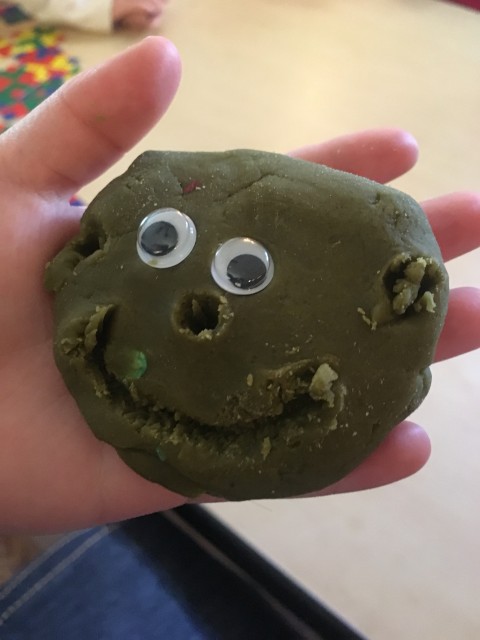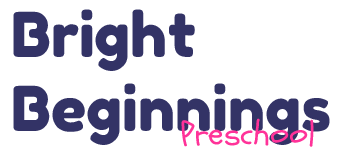Active Learning is Best
Active Learning is Best
Active learning takes advantage of a children’s natural desire to move and touch. Young children love to manipulate items and explore new ideas . They enjoy the opportunity to see how things work and to test their own theories.
Today we added a new material. Much time was spent one on one introducing it and explaining how to be safe. The rest is up to the kids.
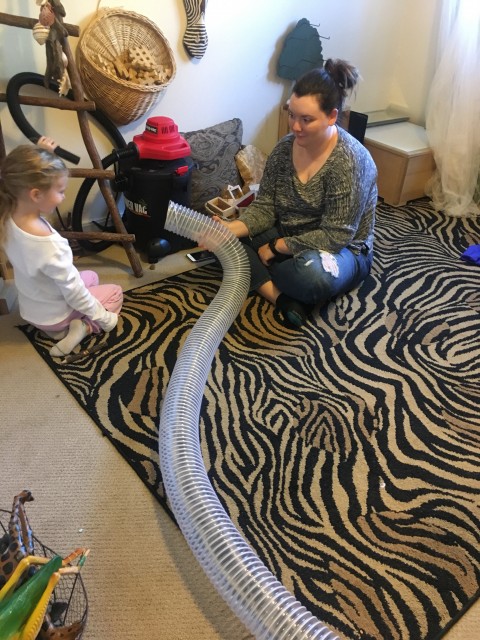
Active learning takes a children’s natural motivations, abilities, and interest. Kids get lots of opportunities to investigate what interest them – to solve problems, discover relationships, and make comparisons.
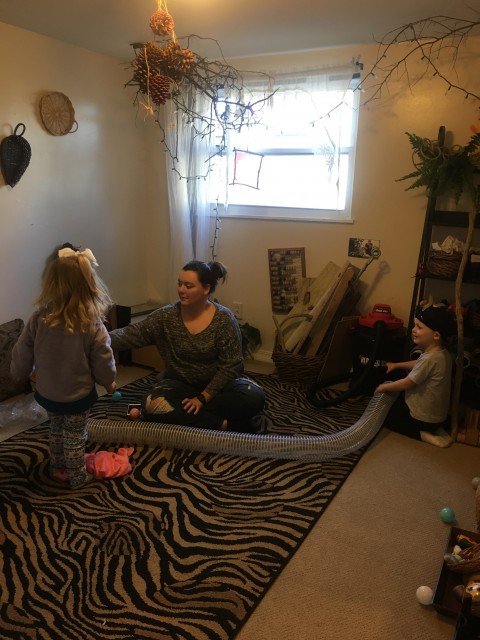
I wonder if the ball will move faster through the hose than a scarf will ?
Children use all their senses to make discoveries: how heavy is it? Does it smell? Can I find another one that does the same? What does it sound like when I drop it? How is it different from the other items? Using their hands, eyes , nose, ears, and mouth children can gather more information and remember what they learned.
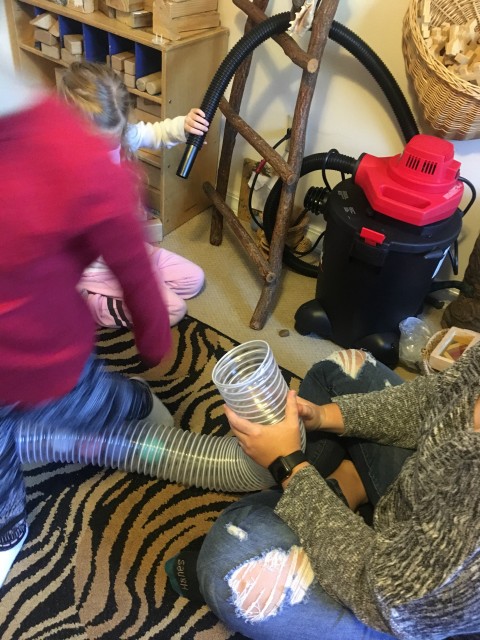
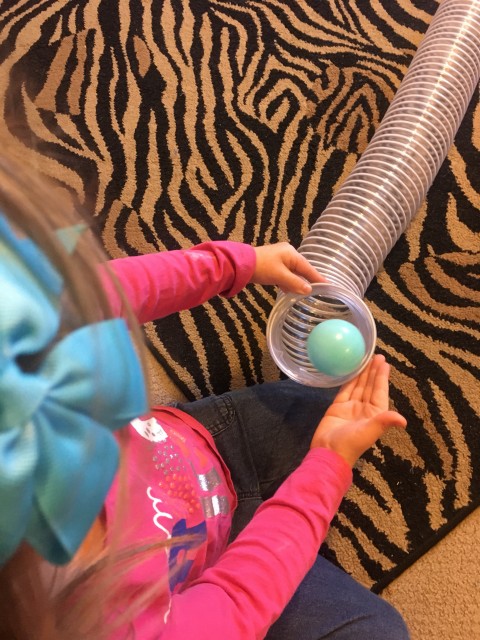
As they interact directly with the environment, children not only gather sensory information, But also refine their senses and motor skills . For example , it takes a very refined movement of the hands and fingers to produce the penmanship required for writing. Squeezing clay, picking up puzzle pieces and lacing beads are great ways for young children to practice using hands and fingers.
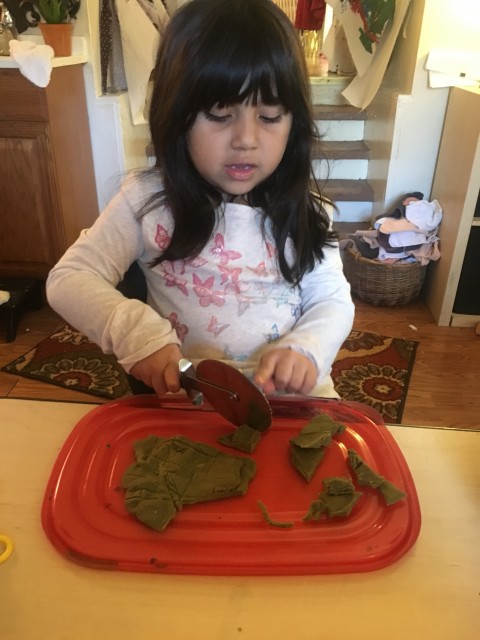
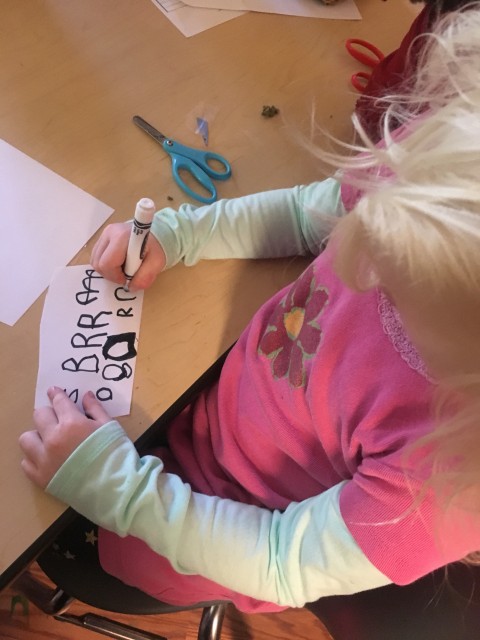
We organize our classroom environment to promote active learning, and we do lots of things to encourage children to think and talk about their discoveries and creations. The next time you want your child to learn something, provide the materials, space, and time. Then step back and watch. You’ll be Surprised at how much more your child will discover through active involvement.
